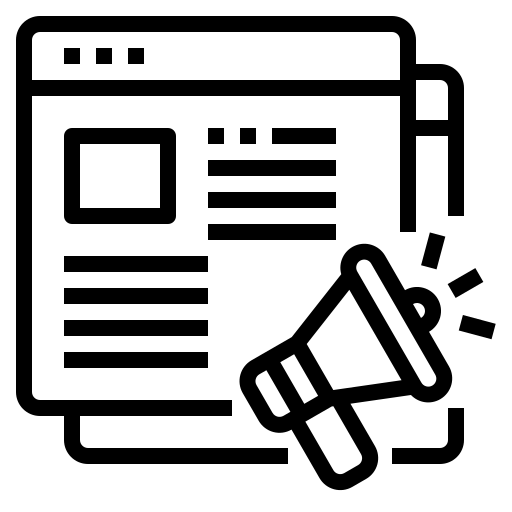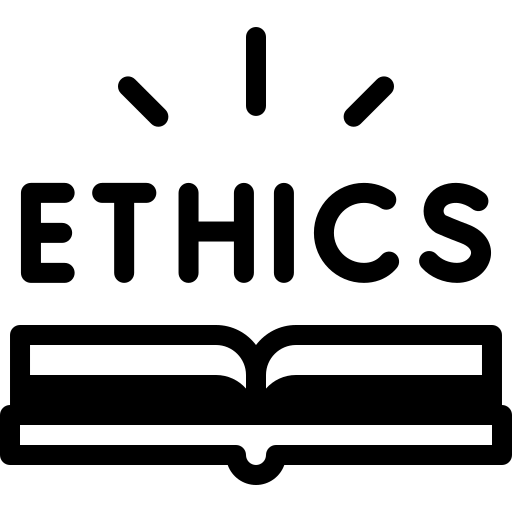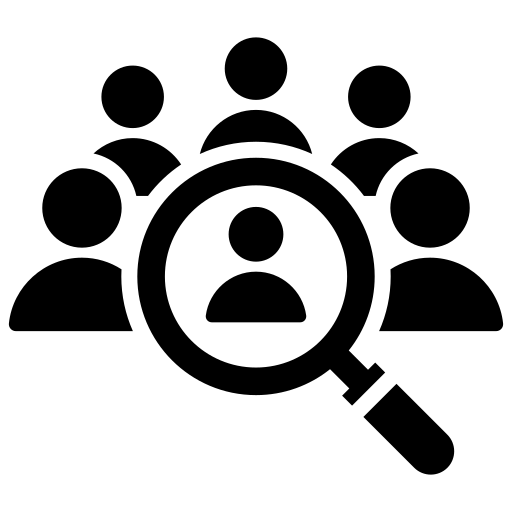Article contents
Maximizing ROI through Scalable Test Automation for Mobile-Web Applications in Integrated Systems
Abstract
Modern mobile-web applications that are deployed into complex integrated ecosystems provide enormous challenges for quality assurance teams looking to deliver economical testing solutions. This work provided a comprehensive framework to maximize return on investment (ROI) using well-considered automation strategies. The framework emphasized early automation adoption principles, parallel execution models, use of reusable component architectures that meet the testing needs of mobile-web scenarios. Through a detailed series of case studies across organizational contexts, an empirically identified significant benefit, including substantial savings in the regression testing cycle, defect leakage ratios, and release timeframe. The framework addressed high-risk common implementation fallacies such as over-engineering and maintenance overhead concerns, which often impair automation initiatives. Additionally, emerging artificial intelligence capabilities in test generation, self-healing scripts, and predictive analytics present new opportunities to accelerate ROI realization and reduce traditional maintenance burdens. The findings validated measurable cost savings and efficiency results that exist when automation strategies are aligned with the organization's financial and technical, scalable business objectives. The framework provides the quality assurance teams; the knowledge necessary to make informed decisions in relation to automation tool acquisition, resource allocation, and implementation timelines. Organizations adopting these methodologies demonstrated improved testing coverage, increased application quality, and reduced time-to-market metrics by undertaking sustainable automation and scoping strategies that consistently and progressively scale with increasing application complexity and integrations.
Article information
Journal
Journal of Computer Science and Technology Studies
Volume (Issue)
7 (12)
Pages
38-45
Published
Copyright
Open access

This work is licensed under a Creative Commons Attribution 4.0 International License.


 Aims & scope
Aims & scope Call for Papers
Call for Papers Article Processing Charges
Article Processing Charges Publications Ethics
Publications Ethics Google Scholar Citations
Google Scholar Citations Recruitment
Recruitment